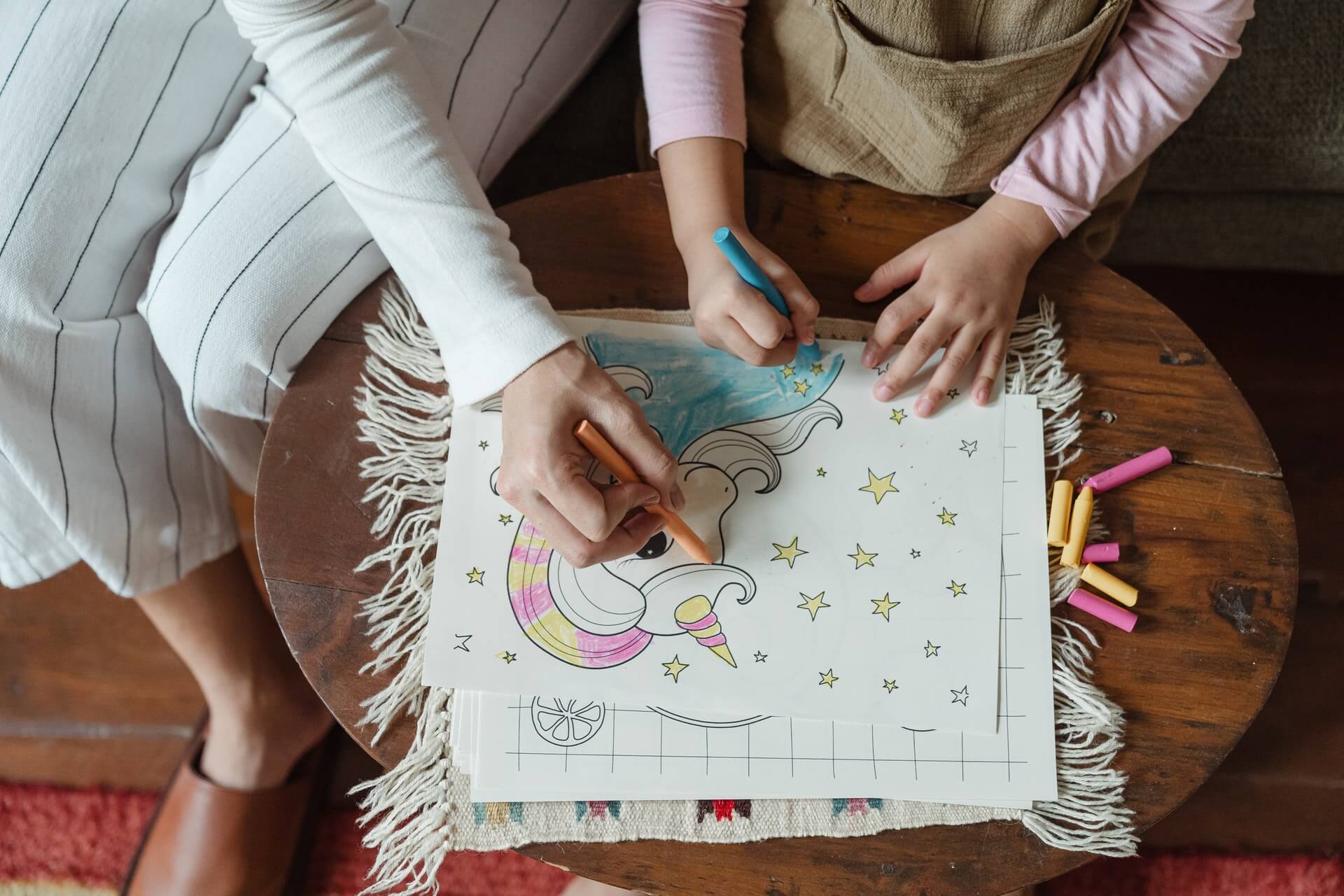As a parent, are you mostly caring, distant or critical? How you interact with your child can affect his or her relationships with others in adulthood.
In this article, we look at the four main parenting attachment styles and some practical steps you can take to be a better parent for your kids.
What is attachment theory?
The attachment theory was a study between the 1960s to 1970s by British psychologist John Bowlby and later on expanded by American-Canadian psychologist Mary Ainsworth. The attachment theory explains how a child – moving into adulthood – reacts and handles relationships with others, based on their relationship with their main childhood caregiver.
This is not a blame game, however, as parenting style is not the only decisive factor for how a child may turn out. Individuals who do not blame others or themselves for negative experiences have better outcomes. However, it is wise to note the various challenges which each scenario can bring, and try to adjust your approach.

Photo by Kamaji Ogino from Pexels
If your child has a secure attachment with you, it is the best scenario with adequate trust and protection felt in the relationship. In this case, your child knows that you can be depended on through consistent responses, and in turn, this teaches them to be able to believe in and rely on others in future
On the other hand, in an anxious insecure attachment, a child grows to be needy and clingy as his or her needs are not met consistently. As the child has low self-worth, he or she can grow to become overly dependent on their partners in future.
A child with an avoidant insecure attachment becomes too independent, as the parent did not show affection and sufficient attention to the child. Likely to avoid depending on others, such a child grows up to become withdrawn in their relationships due to unreliable parenting.
A disorganised insecure attachment results from a parent ridiculing and rejecting a growing child, causing intense fear and neglect. This becomes a pattern as the parent passes on to the child their unresolved trauma. The child grows up thinking that they do not deserve to be loved.
What you can do for your children
The early years of your child’s growth is very critical for their emotional development. Here are some tips to build a secure attachment with your child.
1. Identify your own attachment style
Take a step back and look at your own attachment style with other adults. Reflect on how you are interacting with your child, the likely impact on him or her, and what you wish to improve on as a parent.
2. Improve your communication with your child

Photo by PNW Production from Pexels
Beyond the power of words, our actions through non-verbal communication often have a greater impact. Your child feels you from your facial expressions, body movement, posture, gestures, and eye contact with them, especially in the early years.
3. Build relationships with people who are securely attached
Surround yourself with people who have a strong and positive outlook in life.
This will help you bring about the same effect to your child.
4. Acknowledge your child’s positive behaviour
According to this article by the National Center for Biotechnology Information, children misbehave mostly because they are bored and frustrated. So instead of giving your child sweets or giving in during tantrums, reward your child’s positive behaviour to help them cultivate good habits.
Give them a hug or praise them when they do great things at home, be it when they are helping a sibling or they clean up after themselves. Children can learn to feel good after doing constructive and positive actions; not only when they are soothed for crying or throwing objects around.
5. Bond with your child
Doing things together with your child makes them feel loved and secured. Although we are in the middle of a pandemic, you can now pick up new hobbies online with your child.

Photo by Ketut Subiyanto from Pexels
Learner Net has a wide array of online workshops such as bath bomb gift making, introduction to ukulele, and many more which you and your child can enrol for a few hours of fun, learning and bonding.
Related Article: Ever thought of learning Flower Arrangement from home? These parents tried it!
Conclusion
Having a secure attachment with you does not mean your child will have perfect relationships throughout their life.
However, as a parent, building a secure attachment with your child means that they are more willing to communicate their feelings to you and eventually trust others as well.
At Learner Net, we believe in online social learning, where our interactive classroom experiences help children in their social and emotional development, growing their communication skills and relationships in the best way possible even digitally.
Keep in touch with us through Facebook, Instagram, and Tiktok.
Related Article: Improve Your Mental Health as a Parent
Before you go, check out this attachment quiz which will help you identify your personal attachment style and start having a better relationship with your child.





More Stories
10 Questions to Ask When Considering a Health Insurance Quote
Is EFL or ESL English Teaching Practical for Home Schooling?
Non-Obamacare Short Term Health Plans On The Rise